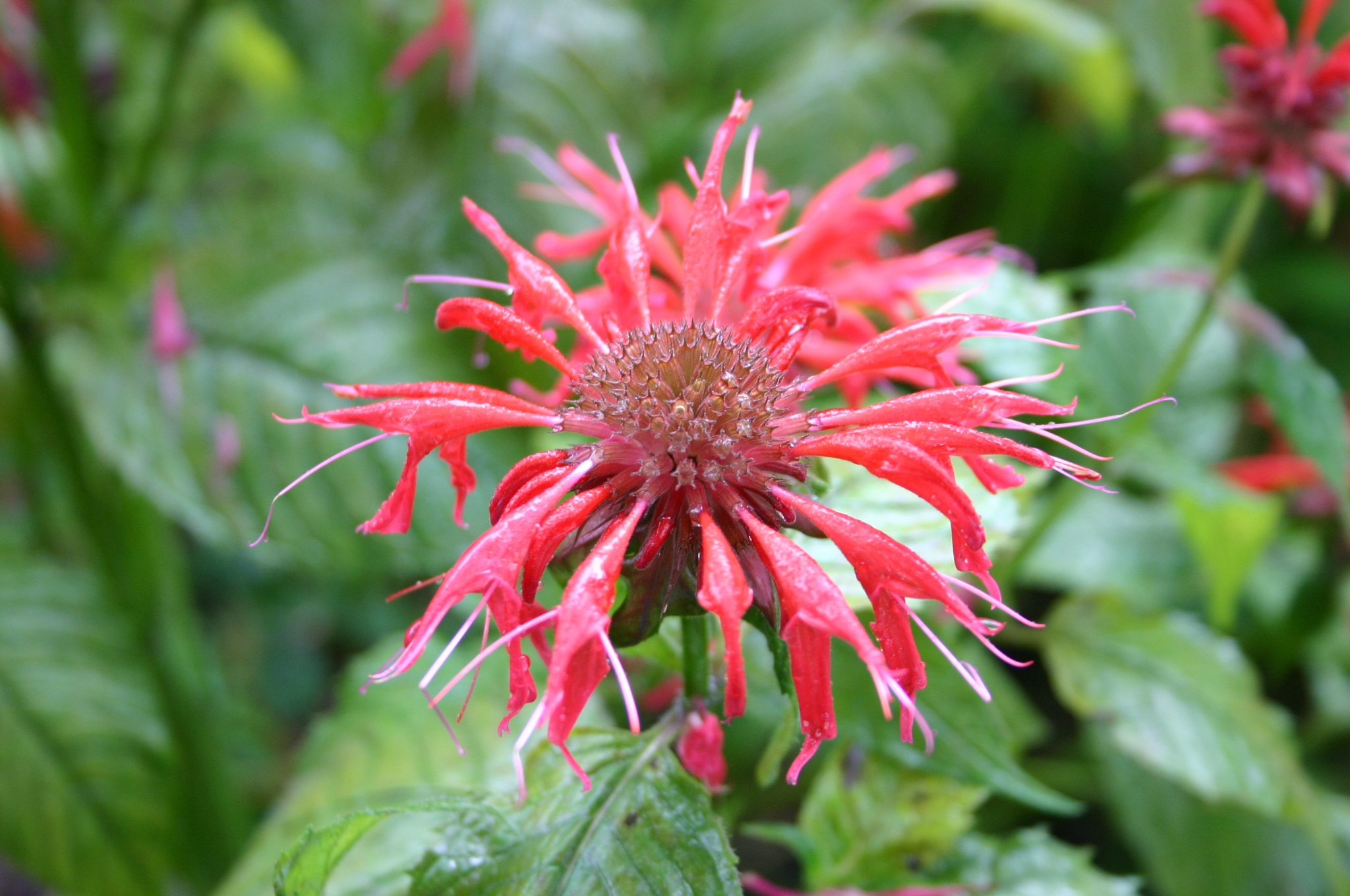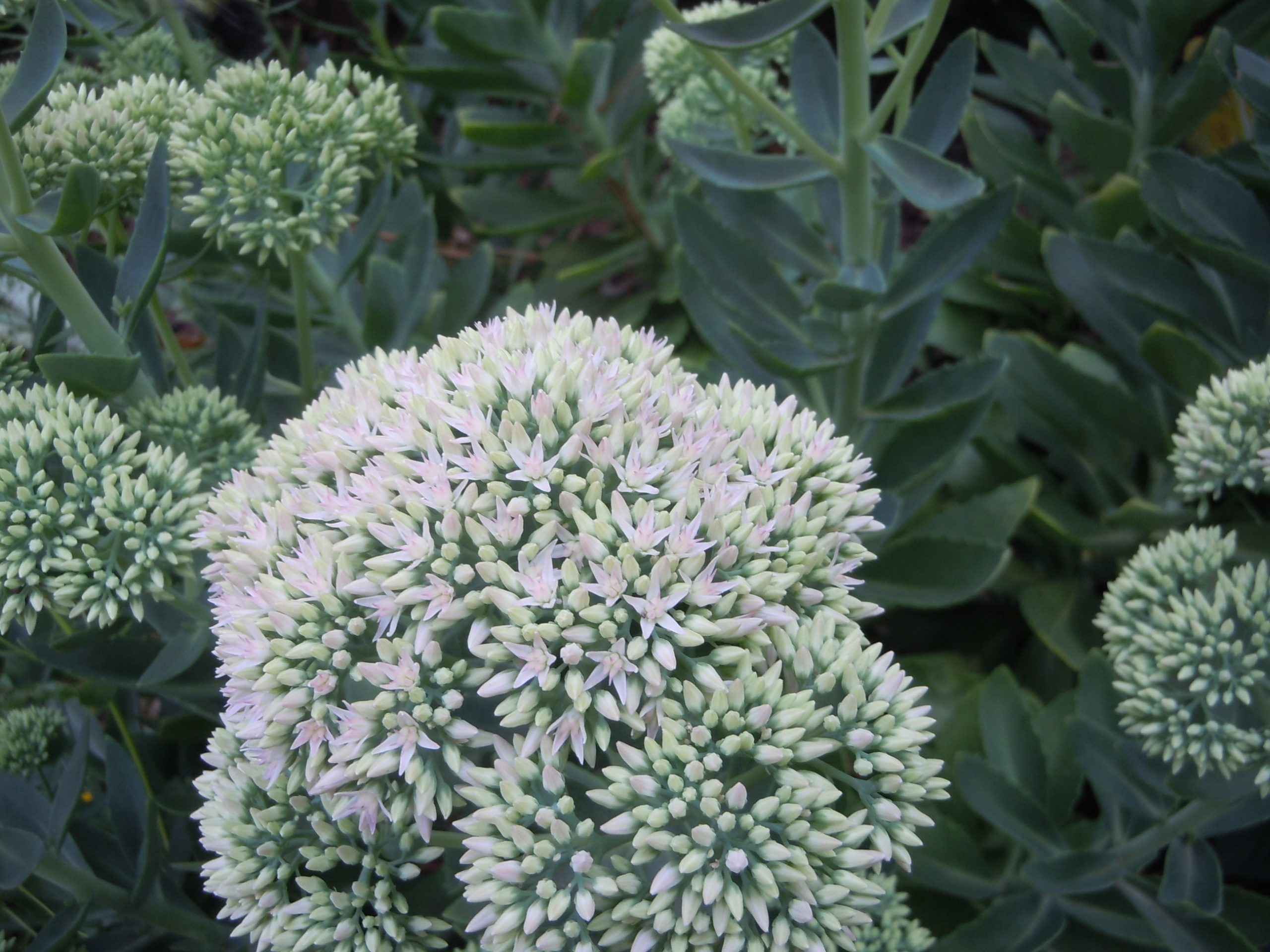Bees – Plants to Attract

Q: I recently had quite a bit of my property near Jasper cleared. I would like to make the land an apiary because of the number of sourwood trees in the area. What could I plant in the cleared area that would provide some honey? I plan on using the same area again in about 8 to 10 years for loading harvested timber.
A: Clover is good but there are many more plants you can cultivate to give bees what they need year-round.
See Bee Conservation in the Southest, there is a long list at the end.
Arty Schronce at the Georgia Department of Agriculture favors these plants:
Trees and shrubs: Cornelian cherry dogwood (Cornus mas), flowering quince, pussy willow, serviceberry, redbud, black locust, lilac, catalpa, false indigo bush (Amorpha fruticosa), red maple, titi, blueberry, tulip poplar, Japanese flowering apricot (Prunus mume), Chickasaw plum, gallberry, American holly, yaupon, sourwood, chaste tree, cabbage palmetto, dwarf palmetto, witch hazel, persimmon, American basswood, littleleaf linden, wild cherry, buttonbush, glossy abelia, sumac, bottlebrush buckeye and other buckeyes, crabapple, tupelo, elderberry, blackhaw (Viburnum prunifolium), possumhaw (Viburnum nudum), native azaleas and rhododendrons, blackberry, clethra, and rosemary
Annuals and perennials: clover, bee balm and other monardas, hoary mountain mint (Pycnanthemum incanum), Eastern prickly pear cactus, sunflower, native asters, tithonia, goldenrod, mollypop, butterflyweed and other milkweeds, anise hyssop, zinnia, purple coneflower, blue mistflower (Conoclinium coelestinum), lemon balm, great blue lobelia (Lobelia siphilitica), sedum, Russian sage, liatris and phlox.






















